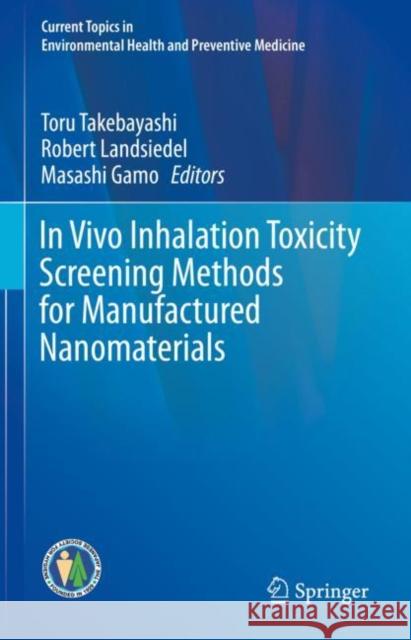In Vivo Inhalation Toxicity Screening Methods for Manufactured Nanomaterials » książka
topmenu
In Vivo Inhalation Toxicity Screening Methods for Manufactured Nanomaterials
ISBN-13: 9789811384325 / Angielski / Twarda / 2019 / 223 str.
In Vivo Inhalation Toxicity Screening Methods for Manufactured Nanomaterials
ISBN-13: 9789811384325 / Angielski / Twarda / 2019 / 223 str.
cena 402,53
(netto: 383,36 VAT: 5%)
Najniższa cena z 30 dni: 385,52
(netto: 383,36 VAT: 5%)
Najniższa cena z 30 dni: 385,52
Termin realizacji zamówienia:
ok. 22 dni roboczych
Bez gwarancji dostawy przed świętami
ok. 22 dni roboczych
Bez gwarancji dostawy przed świętami
Darmowa dostawa!
Kategorie BISAC:
Wydawca:
Springer
Seria wydawnicza:
Język:
Angielski
ISBN-13:
9789811384325
Rok wydania:
2019
Dostępne języki:
Numer serii:
000780837
Ilość stron:
223
Waga:
0.46 kg
Wymiary:
23.88 x 16.76 x 1.27
Oprawa:
Twarda











